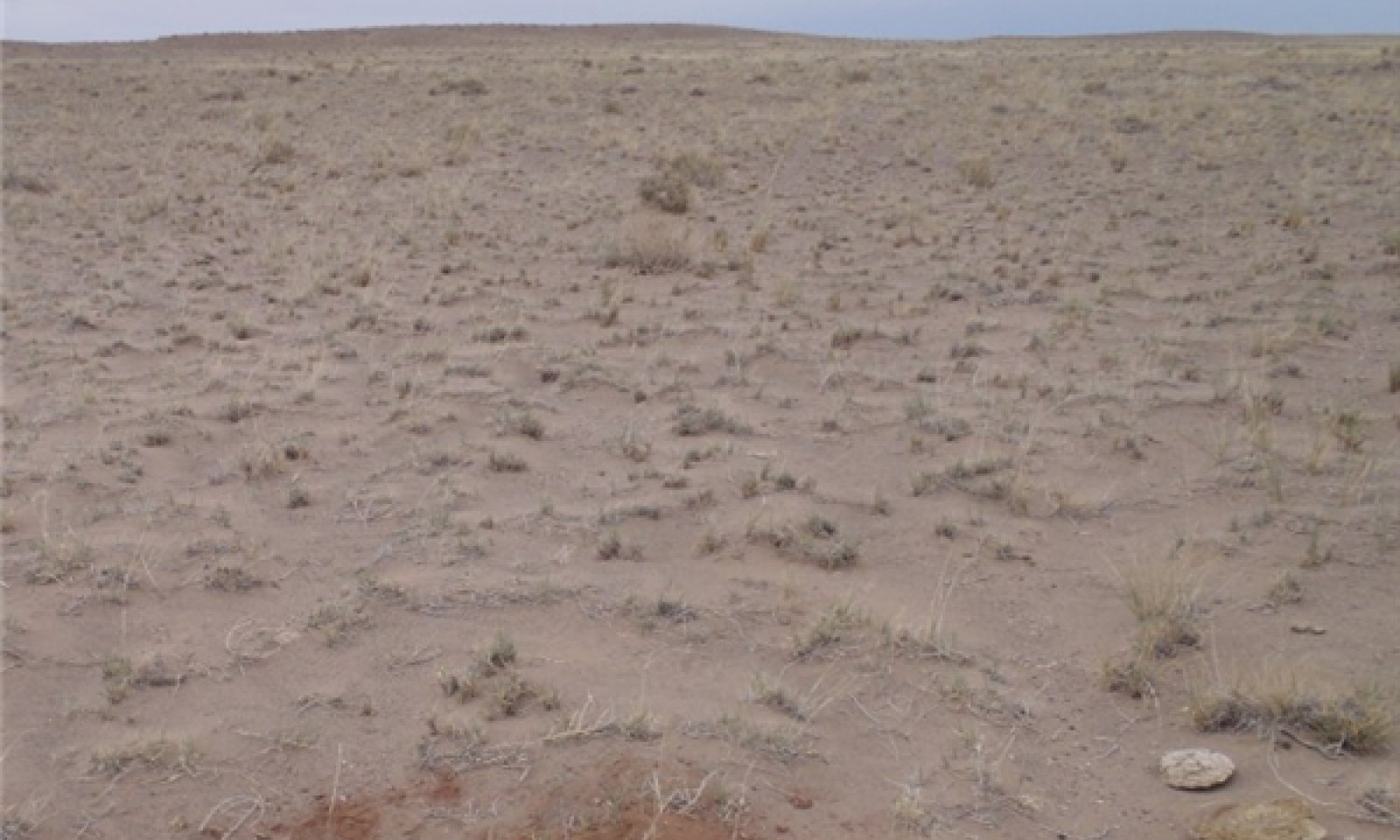
Sandstone Upland 6-10" p.z. Sodic
Scenario model
Current ecosystem state
Select a state
Management practices/drivers
Select a transition or restoration pathway
- Transition T1A More details
-
No transition or restoration pathway between the selected states has been described
Target ecosystem state
Select a state
State 1
Reference State



Description
This state represents the most ecologically stable conditions in terms of resistance to erosion. Moreover, this state has the highest potential for productivity and plant diversity.
Submodel
Description
This state is characterized by eroded soils and a increase of mound saltbush and some forbs. As the surface is reduced of perennial plant cover the site tend to become more sodic. This favors the increase of mound saltbush and decline of galleta, alkali sacaton and shadscale.
Mechanism
Continuous heavy grazing/improper grazing management, drought, establishment of native and non-native annuals. Loss of perennial herbaceous cover leads to increased bare ground and decrease of surface resistance to wind/water erosion. This allows for increased rills, sheet flow and wind erosion.
Continuous heavy grazing can be described here as: Season-long grazing providing little rest and recovery for preferred grazed plants during critical growing periods, coupled with high utilization.
Model keys
Briefcase
Add ecological sites and Major Land Resource Areas to your briefcase by clicking on the briefcase (![]() ) icon wherever it occurs. Drag and drop items to reorder. Cookies are used to store briefcase items between browsing sessions. Because of this, the number of items that can be added to your briefcase is limited, and briefcase items added on one device and browser cannot be accessed from another device or browser. Users who do not wish to place cookies on their devices should not use the briefcase tool. Briefcase cookies serve no other purpose than described here and are deleted whenever browsing history is cleared.
) icon wherever it occurs. Drag and drop items to reorder. Cookies are used to store briefcase items between browsing sessions. Because of this, the number of items that can be added to your briefcase is limited, and briefcase items added on one device and browser cannot be accessed from another device or browser. Users who do not wish to place cookies on their devices should not use the briefcase tool. Briefcase cookies serve no other purpose than described here and are deleted whenever browsing history is cleared.
Ecological sites
Major Land Resource Areas
The Ecosystem Dynamics Interpretive Tool is an information system framework developed by the USDA-ARS Jornada Experimental Range, USDA Natural Resources Conservation Service, and New Mexico State University.
